5 L.A. Art Shows Worth Traveling for This Summer
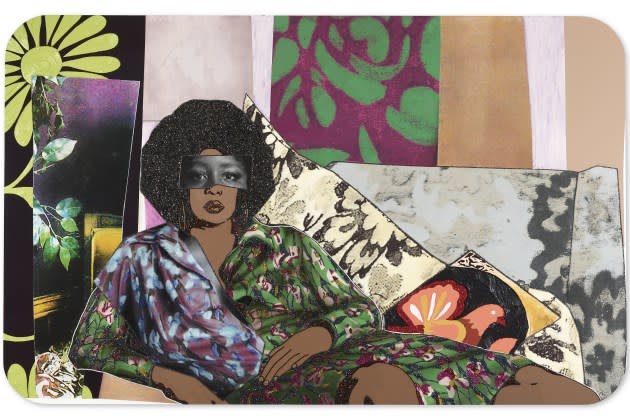
The summer season is heating up at Southern California museums. Here are a few of the art blockbusters on view now.
“Mickalene Thomas: All About Love” at The Broad Museum through Sept. 29 is the American artist’s first international touring exhibition with more than 80 works, including her dazzling, rhinestone-embellished mixed media paintings, collages and environments inspired by her mother and muse Sandra Bush, Jet magazines, fashion editorials, erotica and classical landscape art, always centering on Black female beauty, representation and queer identity.
More from WWD
“This exhibition marks a major milestone in my career as an artist,” Thomas says during the press preview, explaining that she took the title of the show from Bell Hooks’ book “All About Love.” “When I first started reading the book was the first time I realized love is an action, and as an artist, my action is to create work and put it out into the world and for people to respond to it and engage and grow and question.”
The show, which will move to the Barnes Foundation in Philadelphia and the Hayward Gallery in London, offers an intimate glimpse into Thomas’ life through installations such as her personal altar to creativity, recreations of the living room from her childhood home in Camden, N.J., and her debut gallery show of wrestler self-portraits in L.A. in 2007. Other highlights include the first U.S. showing of her “Resist” series of political works. In other news, The Broad recently announced it will be expanding with a second building slated to open in 2028 in time for the Olympics in L.A.
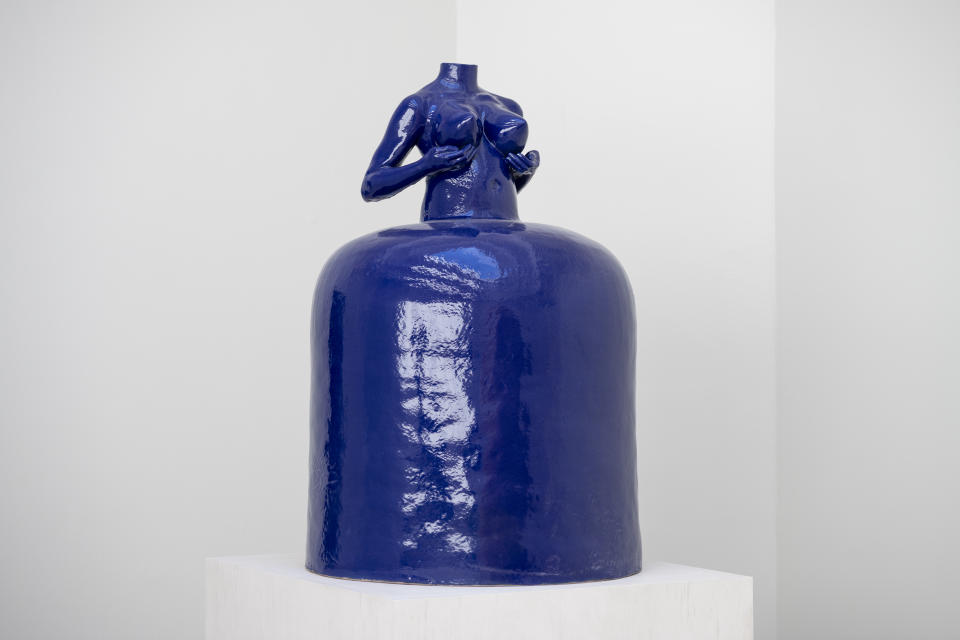
“Simone Leigh” is at the Los Angeles County Museum of Art and the California African American Museum through Jan. 25. The traveling exhibition organized by the ICA Boston is the first comprehensive survey of the Brooklyn-based artist, whose sculpture often combines the female body with domestic vessels or architectural elements to highlight unacknowledged acts of labor, particularly those performed among and for Black women. The concurrent LACMA and CAAM museum presentations feature about 20 years of Leigh’s production in ceramic, bronze, video and installations, as well as works from her 2022 Venice Biennale presentation, bringing cowrie shells, braiding, rosettes and figurative faces to striking feminine forms.
Leigh looks to Africa and the Caribbean to reframe history in her work, including the brilliant blue headless “Martinique” stoneware sculpture referencing a 19th century monument to Josephine Bonaparte, who grew up on the French-colonized island of Martinique and was central to extending slavery there. The original statue became a flashpoint for anti-racism protests in recent years, with activists splattering it with paint, beheading it and eventually taking it down altogether. Leigh’s figure stands as a critique of colonialism and its lasting effects.
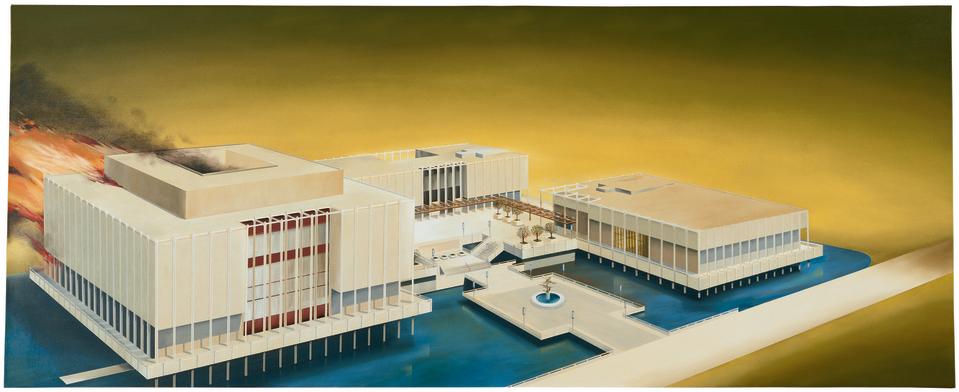
Ed Ruscha, “Los Angeles County Museum of Art on Fire,” 1965–68, Hirshhorn Museum and Sculpture Garden, Collection Hirshhorn Museum and Sculpture Garden, Washington, D.C.
“Ed Ruscha / Now Then” at the L.A. County Museum of Art through Oct. 6 is the hometown stop of the artist’s multimedia retrospective, including his early works produced while traveling through Europe, as well as his books, drawings and installations and paintings exploring wordplay and decay. Highlights include the fragrant “Chocolate Room,” and photo documentation cataloging streets of Los Angeles beginning in 1965 that are so linked to the city’s car culture. It’s also a thrill to see “Los Angeles County Museum on Fire” (1968) on display at the L.A. County Museum.
“I forget at what point I decided it was going to be on fire, but at the time I felt like the County Museum was an authority in the U.S. I wanted to revolt against or something like that. Might have been,” Ruscha says during the press preview. “But more and more it got to me that the left-hand side of the painting and the right-hand side of the painting were at odds with one another and the left side had this fire going on and the right-hand side almost put you to sleep,” he remembered. “It took me three years to paint it. I had to cover it up and not look at it for months at a time and then go back and crew on it and finally it got resolved.”
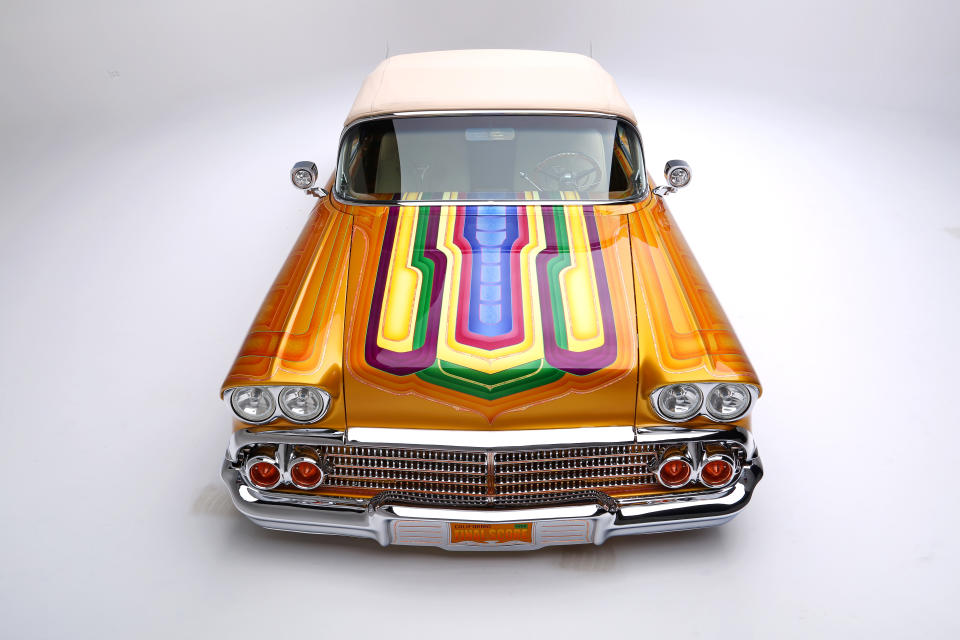
“Best in Low” at The Petersen Automotive Museum through spring 2025 spotlights the imagination, artistry and craftsmanship of lowrider cars, showcasing the detailed paintwork, metallic finishing, engraving, custom velvet interiors, Charro culture-inspired leather details and more on the custom designs. The show makes space for SoCal legends such as Jesse Valedez, whose famous “Gypsy Rose” lowrider is on display, and Albert De Alba Sr., as well as lesser known female artists such as Tina Lenei Blankenship-Early and international talents. Not to be missed is Takahiko Izawa’s allover engraved ’58 Impala, which resembles a piece of silver jewelry.
“People are unaware of the blood, sweat and tears behind the scenes that goes into building these cars. These folks are our artisans, especially some of the families we have represented like the Tovars, the De Albas, we have two generations of fathers and sons,” says curator Denise Sandoval, a professor of Chicana and Chicano studies at Cal State Northridge and a multi-time curator/consultant to the Petersen for its lowrider shows.
Like most subcultures, lowrider culture has been mined by the fashion industry, from Gwen Stefani’s L.A.M.B. label in the early 2000s, to designer Willy Chavarria’s more authentic view today. And there is ephemera on display relating to that, including Nike sneakers by lowrider artist-turned-tattoo artist and brander Mr. Cartoon, makeup palettes and keychains by Lucky Lash & Company.
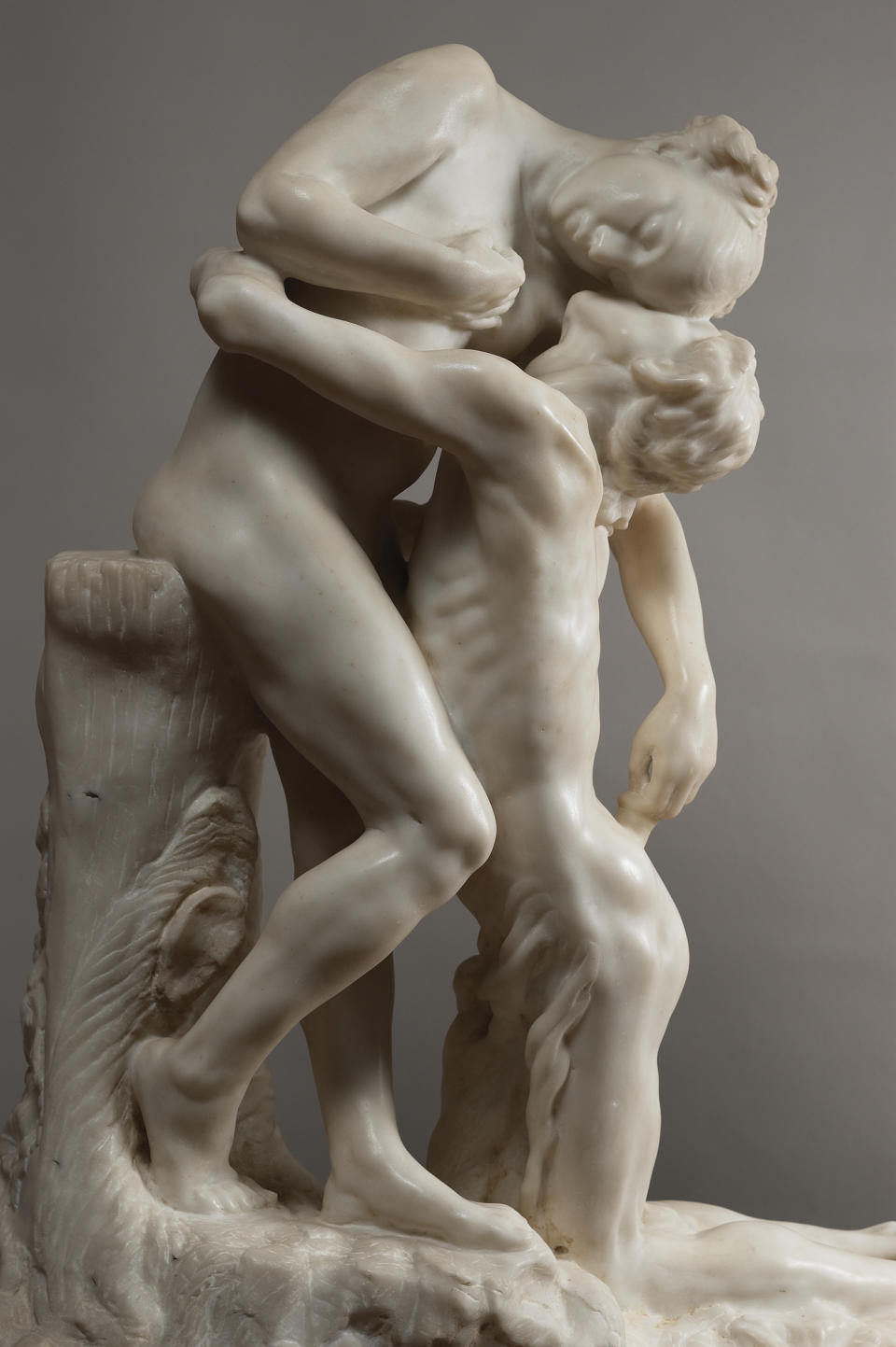
Musée Rodin, Paris.
“Camille Claudel” at the Getty Center through July 21 examines the trailblazing 19th century French female sculptor who defied society expectations of her time to create powerful expressions of the human form.
The exhibition co-curated by the Art Institute of Chicago and J. Paul Getty Museum is the first on Claudel in the U.S. in more than 30 years. Prompted in part by the recent acquisition of major works by the sculptor at both institutions, it reevaluates a legacy that has often been overshadowed by her dramatic life, including her relationship with Auguste Rodin, with whom she trained, and the mental health struggles which led to her 30-year commitment to a psychiatric institution.
The show includes nearly 60 works tracing her stylistic evolution as an artist —portraiture busts, small and larger scale nude sculptures — depicting grand Classical themes and intimate domestic ones. They demonstrate Claudel’s talent for depicting individuals at every age with poignant emotion, her vigorous technique and ability to capture movement.
At times, critics reduced her sculpture to being derivative of Rodin’s, but they clearly influenced each other as seen in the works on display. It’s particularly fascinating to see Rodin’s “Galatea” marble of the mythological figure emerging from a carved marble block, borrowed from Claudel’s similar composition in “Young Girl with a Sheaf” displayed nearby.
Best of WWD

 Yahoo News
Yahoo News 
